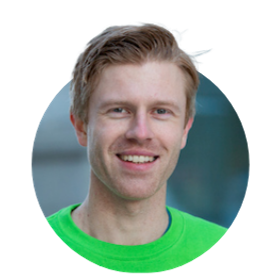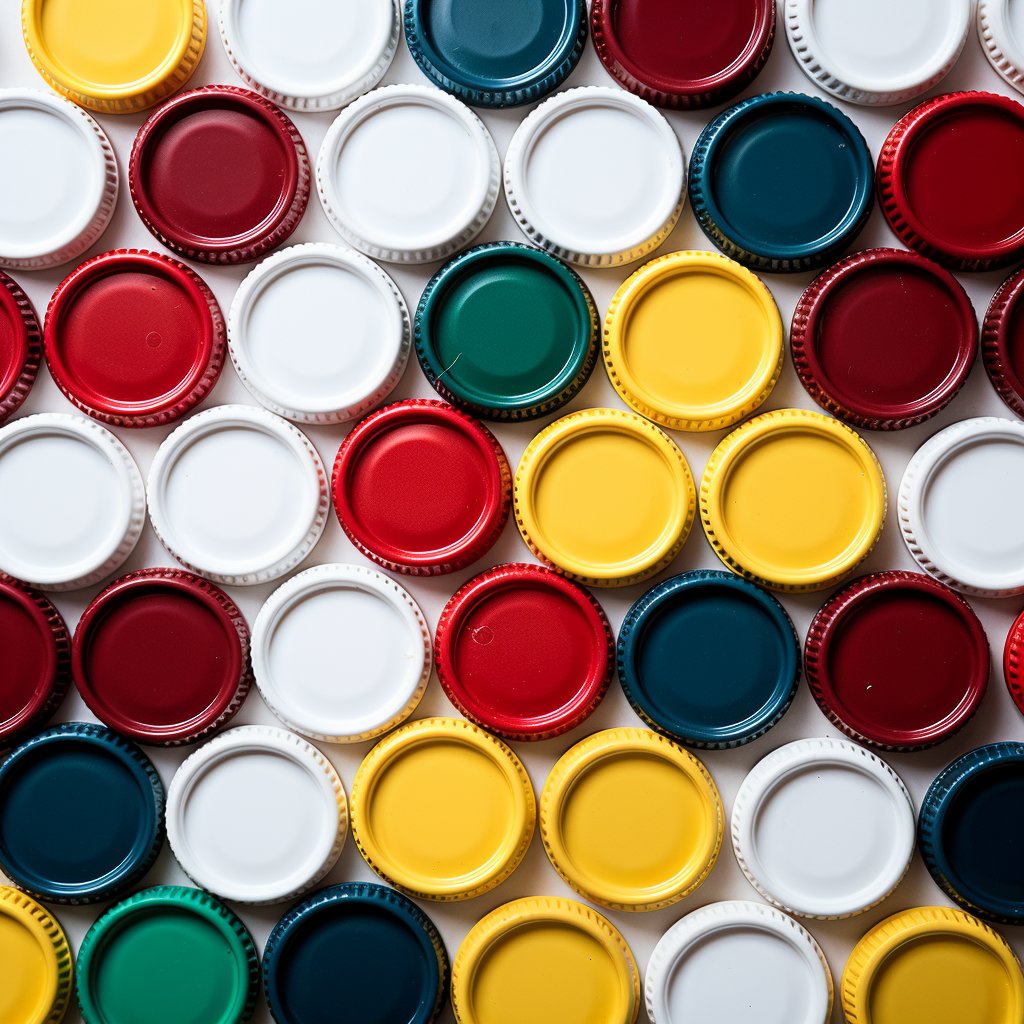Phthalates are a group of chemicals used in producing plasticisers, solvents, and other industrial applications. They are widely used in producing consumer products, such as toys, food packaging, and personal care items. However, the use of phthalates has been linked to endocrine disruption and reproductive toxicity.
Phthalates are a class of chemicals that are commonly used in a wide range of products, from plastic toys to medical devices. While phthalates have many industrial applications and benefits, there is growing concern about their potential impact on human health and the environment.

Types of Phthalates
Phthalates are classified into two main categories: high molecular weight phthalates (HMW) and low molecular weight phthalates (LMW). HMW phthalates produce PVC (polyvinyl chloride) products, such as vinyl flooring, wire and cable insulation, and automotive interiors. Examples of HMW phthalates include diisononyl phthalate (DINP), dodecyl phthalate (DIDP), and dioctyl phthalate (DOP). On the other hand, LMW phthalates are used in personal care products, such as perfumes, lotions, cosmetics, and some food packaging. Examples of LMW phthalates include diethyl phthalate (DEP), dibutyl phthalate (DBP), and dimethyl phthalate (DMP).
Properties of Phthalates
Phthalates are colourless, odourless liquids soluble in organic solvents but not in water. They have low volatility and are stable at room temperature. Phthalates are often added to plastic products to increase their flexibility, durability, and transparency. They can leach out of the plastic and enter the environment.
Industrial Usage
Phthalates are used in various industrial applications, including producing plastics, adhesives, coatings, and inks. They are significant in the production of PVC products, as they improve the flexibility and durability of the material. PVC products are used in various applications, such as construction, automotive, and medical industries.
Consumer Products
Phthalates are also used in a range of consumer products, such as toys, food packaging, and personal care items. In toys, phthalates are added to make the plastic more flexible and durable. However, phthalates can leach out of the plastic and be ingested by children, potentially leading to health problems. In food packaging, phthalates are added to improve the flexibility and transparency of the packaging material. However, phthalates can migrate from the packaging into the food, leading to potential health risks. Phthalates are added as a fragrance fixative in personal care items, such as lotions, perfumes, and cosmetics. However, phthalates can be absorbed through the skin, potentially leading to health problems.
Recycling Trends
Phthalates are a concern for the recycling industry because they can leach out of the plastic and contaminate the recycling process. This contamination can make it difficult to recycle the plastic and reduce the quality of the recycled material. As a result, there is growing interest in developing recycling technologies that can remove phthalates and other contaminants from plastic waste. One approach is to use supercritical carbon dioxide to extract the phthalates from the plastic. Another approach is to use enzymes to break down the phthalates into non-toxic components.
https://www.shutterstock.com/image-vector/sls-sds-free-paraben-100-detox-2119896254
Future Trends
There will likely be increased scrutiny of phthalates and other potentially harmful chemicals in consumer products. As more information about the potential health risks associated with phthalates, consumers are becoming more aware and demanding safer products. Manufacturers are increasingly seeking alternatives such as bio-based plasticisers, citrate esters, and non-phthalate plasticisers, such as adipates and sebacates.
Additionally, there is a growing interest in developing closed-loop recycling systems that can reduce the need for virgin plastics and minimise the impact of phthalates and other contaminants on the environment. Closed-loop recycling systems involve the collection, sorting, and recycling of plastic waste, resulting in recycled material used to produce new products. This approach can help reduce plastic waste’s environmental impact and minimise the risk of phthalates and other contaminants entering the environment.
Market Price Developments
The market price of phthalates is largely driven by supply and demand dynamics. In recent years, there has been a shift away from using phthalates in some consumer products, such as toys and children’s products, which has led to a decrease in demand for certain types of phthalates. However, demand for other types of phthalates, such as those used in PVC products, remains strong. As a result, the market price of phthalates can vary depending on the specific type and application.
Global Impact
Phthalates have been detected in various environmental matrices, including air, water, soil, and sediment. They have also been found in a variety of aquatic and terrestrial organisms, including fish, shellfish, birds, and mammals. The widespread presence of phthalates in the environment has raised concerns about their potential impact on human health and the environment.
In response to these concerns, many countries have implemented regulations to limit the use of certain types of phthalates in consumer products. For example, the European Union’s REACH regulation restricts using six types of phthalates in certain products, including toys and childcare articles. Similarly, the United States has enacted legislation that limits the use of certain types of phthalates in children’s products.
Future Market Prognosis
The future phthalate market is likely to be shaped by a range of factors, including evolving regulations, consumer preferences, and technological innovations. As concerns about the potential health and environmental impacts of phthalates continue to grow, we are likely to see increased demand for safer alternatives, such as non-phthalate plasticisers and bio-based plasticisers. Additionally, the development of closed-loop recycling systems and other innovative waste management technologies could reduce the demand for virgin plastics and minimise the impact of phthalates and other contaminants on the environment.
Recycling and Phthalates
Recycling can play an essential role in minimizing the environmental impact of phthalates. By diverting plastic waste from landfills and incinerators, recycling can help reduce the release of phthalates and other harmful chemicals into the environment. However, phthalates in plastics can pose challenges for recycling processes.
Phthalates can leach out of plastics over time, contaminating other materials and compromising the quality of recycled products. In addition, the use of certain types of phthalates can interfere with the recycling of some plastics, making it more difficult to recover and reuse these materials. As a result, many recycling facilities need help to process plastics containing phthalates effectively.
To address these challenges, some recycling facilities have implemented closed-loop recycling systems that minimise the presence of phthalates and other contaminants in the recycling stream. These systems are designed to capture and reuse materials within a single industry or product cycle, reducing the need for virgin plastics and minimising the impact of phthalates and other contaminants on the environment.
In addition to closed-loop recycling systems, other emerging technologies and approaches can help reduce the impact of phthalates on recycling. For example, chemical recycling technologies can break down plastic waste into its constituent molecules, allowing for the recovery of pure materials that are free of contaminants like phthalates. Similarly, developing non-phthalate plasticisers and bio-based plasticisers can help reduce the presence of phthalates in recycled plastics, making them easier to process and reuse.
As we continue to explore new approaches to recycling and waste management, it will be important to consider the potential impacts of phthalates and other contaminants on these processes. By developing new technologies and practices that can minimise the presence of phthalates in the recycling stream, we can help create a more sustainable and resilient plastic economy.
Advantages of Phthalates
Phthalates have a number of properties that make them attractive for use in industrial processes. They are generally inexpensive and readily available, making them a cost-effective option for manufacturers. In addition, phthalates can improve the properties of plastics, such as their flexibility and durability, making them more suitable for a wide range of applications. Phthalates are also compatible with a variety of other chemicals and materials, making them versatile and easy to incorporate into industrial processes.
Disadvantages of Phthalates
While phthalates have many advantages, they also have significant disadvantages. One of the main concerns associated with phthalates is their potential impact on human health and the environment. Some studies have linked phthalate exposure to a range of adverse health effects, including reproductive problems, developmental delays, and respiratory problems.
Another major disadvantage of phthalates is their potential to interfere with recycling processes. As mentioned earlier, the presence of phthalates in plastic waste can make it more difficult to recycle and reuse these materials. This can limit the effectiveness of recycling programs and contribute to the environmental impact of plastic waste.
Environmental and Global Impact of Phthalates
The environmental and global impact of phthalates is a growing concern. The persistence of phthalates in the environment can lead to long-term soil, water, and air contamination, and the potential impact on human health and wildlife is not fully understood. In addition, the production and disposal of phthalate-containing products can contribute to greenhouse gas emissions and other forms of environmental pollution.
Phthalates are also a global issue, as they are used in a wide range of products and industries worldwide. This means that phthalates can have a widespread and far-reaching impact on the environment and public health. As a result, there is growing interest in developing global strategies to reduce the use and impact of phthalates, such as through international agreements and regulations.
Phthalates:
Phthalates are a complex and controversial topic that requires ongoing research, regulation, and industry innovation. While these chemicals offer many product performance and functionality benefits, their potential impact on human health and the environment cannot be ignored. As professionals in the plastics and recycling industries, we must stay informed about the latest trends and best practices and work together to create a more sustainable and responsible future for our industry and our planet. By doing so, we can help ensure that future generations can enjoy the benefits of plastics and other materials without sacrificing their health or the health of our planet.
Phthalates are a group of chemicals used in a wide range of industrial and consumer products, including PVC products, personal care items, and food packaging. However, the use of phthalates has been linked to a range of health problems, including endocrine disruption and reproductive toxicity. As a result, there is growing interest in developing safer alternatives to phthalates and in developing recycling technologies that can remove phthalates and other contaminants from plastic waste. In the future, we are likely to see increased use of non-phthalate plasticisers and bio-based plasticisers, as well as the development of closed-loop recycling systems that can reduce the environmental impact of plastic waste.






